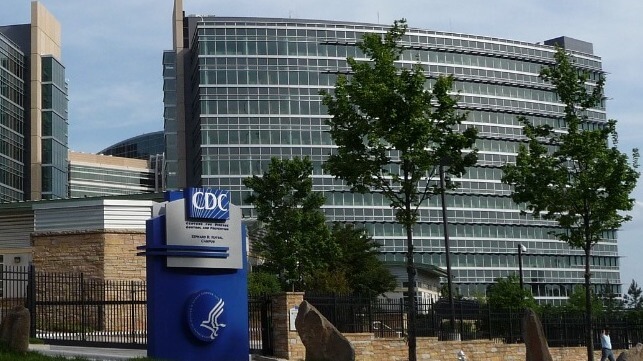CDC Data Shows Two-Thirds of Cruise Ships Are Reporting COVID Cases

All sectors of the travel industry continue to be challenged by the rapid emergence and spread of the new variant of COVID-19. The U.S. Centers for Disease Control and Prevention published updated data on December 27 showing that nearly two-thirds of all the cruise ships registered and reporting to the agency have reported cases of COVID-19 in the past week. The cruise industry and CDC spokespeople however highlight that the reported cases remain low compared to the total population aboard the cruise ships and the health protocols appear to be overall effective.
The CDC currently has a total of 111 cruise ships registered and providing regular updates under the Conditional Sailing Order that remains in effect till January 15, 2022. All of the cruise ships are required to report COVID-19 or COVID-19-like illness to the CDC which then uses criteria to determine the level of severity. Only 33 cruise ships, including several that only have crew and are not in service, are currently in the green status meaning that they have not reported COVID cases in the past seven days.
Giving a sense of the rapid spread of the virus, the CDC now reports that 75 cruise ships have had either COVID-19 or illnesses like COVID-19 aboard during the past seven days. Only seven of those cruise ships had less than 0.10 percent of cases among their passengers and no crew cases, which qualifies them as only being monitored to ensure no further outbreaks.
The majority of the cruise ships the CDC is tracking have experienced more than 0.10 percent of their passengers and one or more cases of COVID-19 among their crew. More than half, 36 cruise ships, are currently under investigation by the CDC to ensure their health protocols are being followed after reporting cases in the past seven days. The remaining 32 cruise ships have already been investigated but remain under observation by the CDC.
None of the cruise ships reporting to the CDC has reached the red status level. To be at the highest level they would have sustained transmission of COVID-19 or COVID-like illnesses or the potential for COVID-19 cases to overwhelm on board medical center resources.
The CDC last revised its program for the cruise ships on October 25, 2021, which includes simulated voyages for ships seeking to return to service without a total vaccine mandate and restrictions for all operating cruise ships. The CDC advises masking indoors and maintaining social distancing as well as separating vaccinated and unvaccinated passengers in crowded areas.
When the CDC last revised its program, they said the intention was to move to a totally voluntary program as of January 15, 2022. However, that was before the Omicron variant was identified. So far, all the cruise lines have participated in the CDC program, including those in Florida where the state won an injunction against the CDC for the enforcement of its cruise ship restrictions.
While the CDC has not given any indication of a change in its policy toward the cruise ships, destinations continue to enforce additional restrictions on cruise ships reporting cases of the virus on board. Previously it was reported that ports in the Caribbean and Mexico turned away cruise ships and now Puerto Rico has introduced new stricter requirements for all visitors to the island.
The Puerto Rico Department of Health announced its rule change on December 26 saying that visitors must test negative within 48 hours of arrival. For some cruise ships, this is impractical as it is mid-cruise and some lines are planning to temporarily cancel stops at San Juan.
The cruise industry continues to say that its protocols are working. In recent days they have reinforced their vaccine and pre-cruise testing requirements as well expanding the requirements for using masks and distancing aboard the ships. The cruise lines, however, are warning passengers that they may need to drop ports or make last-minute substitutions as they respond to the changing restrictions from the local authorities.
